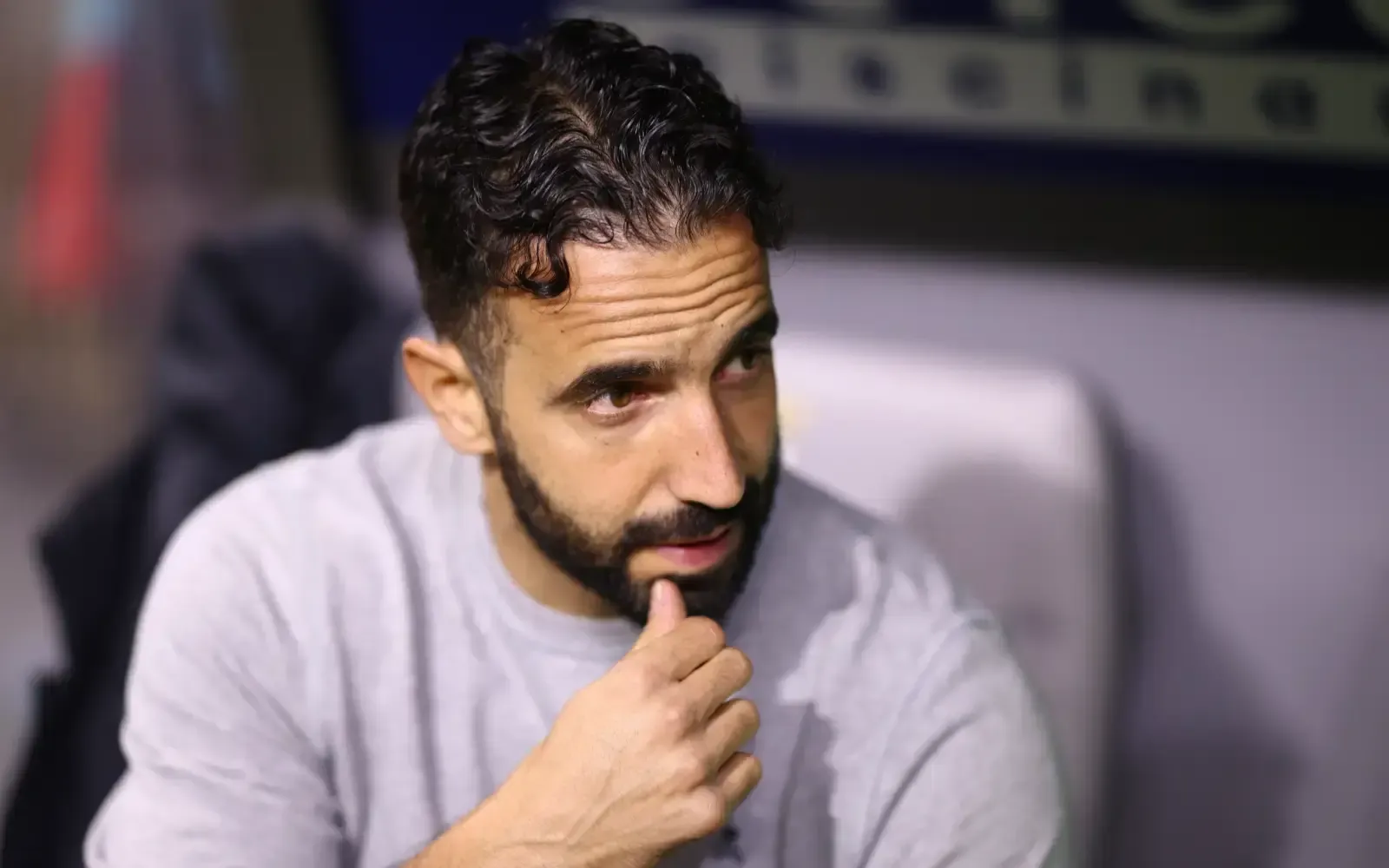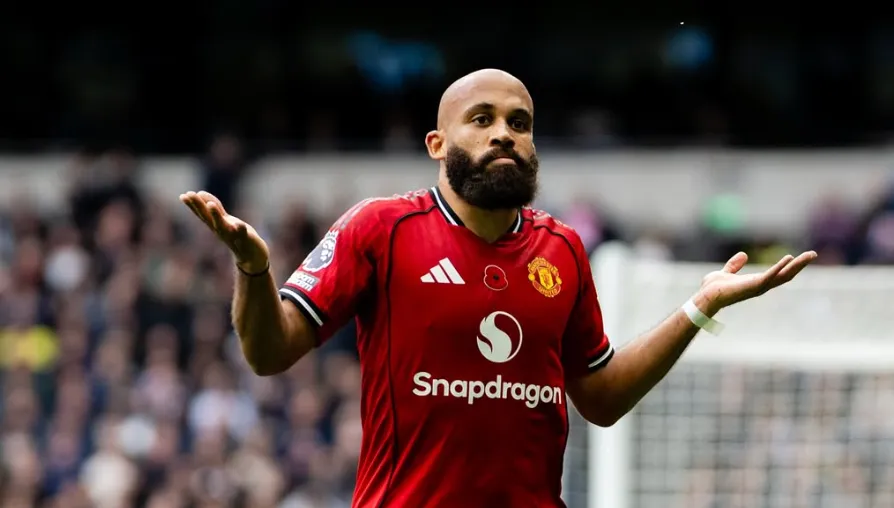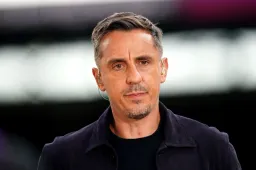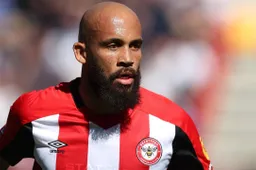Man Utd tactics analysis: How new signings will fit into Amorim's team
Tactics CornerWednesday, 04 June 2025 at 10:43

Manchester United’s rebuild is gathering momentum after last season’s disappointing 15th-place finish.
With Matheus Cunha’s arrival from Wolves confirmed and Bryan Mbeumo pushing for a move from Brentford, new manager Ruben Amorim is starting to put his stamp on the squad.
Meanwhile, captain Bruno Fernandes has turned down a lucrative move to Saudi Arabia, committing his future to the club.
But how will these players fit into Amorim’s preferred system, and what problems could they solve?
Addressing United’s Attacking Woes
United’s biggest issue last season was a lack of goals. Despite ranking sixth for chances created, they finished near the bottom for shot conversion and accuracy, failing to score in 15 league matches.
Only relegated Southampton and Leicester managed more goalless games. United also underperformed their Expected Goals by nine, highlighting the need for more clinical finishers.
This is where Cunha and Mbeumo come in. Both were among the Premier League’s top overperformers for Expected Goals last season—Mbeumo scored seven more goals than expected, while Cunha ranked third in this metric. Their proven ability to finish chances could provide the clinical edge United desperately need.
Amorim’s 3-4-2-1: Who Plays Where?
Amorim is wedded to his 3-4-2-1 formation. At Wolves, Cunha thrived in the left-sided No.10 role, scoring consistently under Vitor Pereira. At United, however, this spot has often been occupied by Bruno Fernandes.
Towards the end of last season, Fernandes played deeper, with Mason Mount ahead of him, but the dilemma remains: does Cunha take the advanced role, or does Fernandes keep it?
At Sporting, Amorim’s system relied on the left No.10 as the creative engine—often Pedro Gonçalves, who delivered huge attacking returns. Amorim must now decide if Fernandes or Cunha is best suited to drive United’s attack from this key position.
Mbeumo and the Right-Side Battle
On the right, Mbeumo would compete with Amad Diallo, who has impressed when fit but struggled with injuries.
Amad’s best moments—including a derby-winning goal at City—came from this role, but Mbeumo’s consistency and ability to decide games could see him become a regular starter. Alternatively, Amad could be shifted to right wing-back, a position where he’s also shown promise.
The Need for a Central Striker
While Cunha and Mbeumo can both play centrally if needed, neither is a natural centre-forward. United’s pursuit of Liam Delap (who chose Chelsea) shows Amorim still wants a true No.9. Rasmus Hojlund struggled for shots and goals last season, and Amorim is unconvinced by back-up Joshua Zirkzee as a focal point.
Wing-Backs Still a Concern
Amorim’s system demands energetic wing-backs, an area where United have lagged behind their rivals. January signing Patrick Dorgu fits the profile but is still developing, and Amorim has previously shown faith in young, attack-minded players for these roles.
Conclusion
Cunha and Mbeumo’s arrivals promise to add much-needed goals and dynamism to United’s attack, but questions remain over who will lead the line and how the No.10 roles will be balanced. Amorim’s blueprint is clear, but further signings—especially at centre-forward and wing-back—are likely as United look to bounce back and re-establish themselves among the Premier League’s elite.
Popular News
Loading


